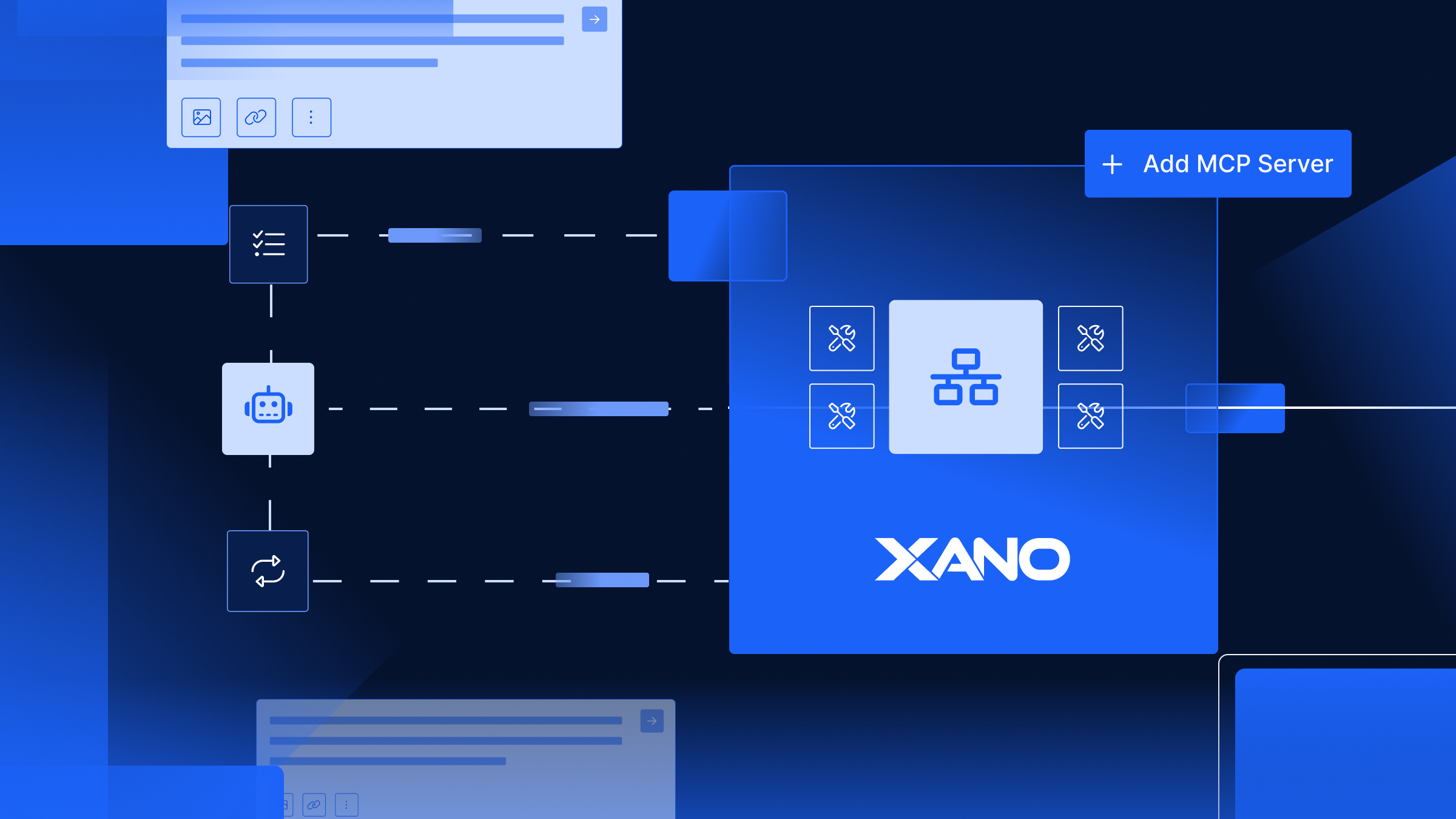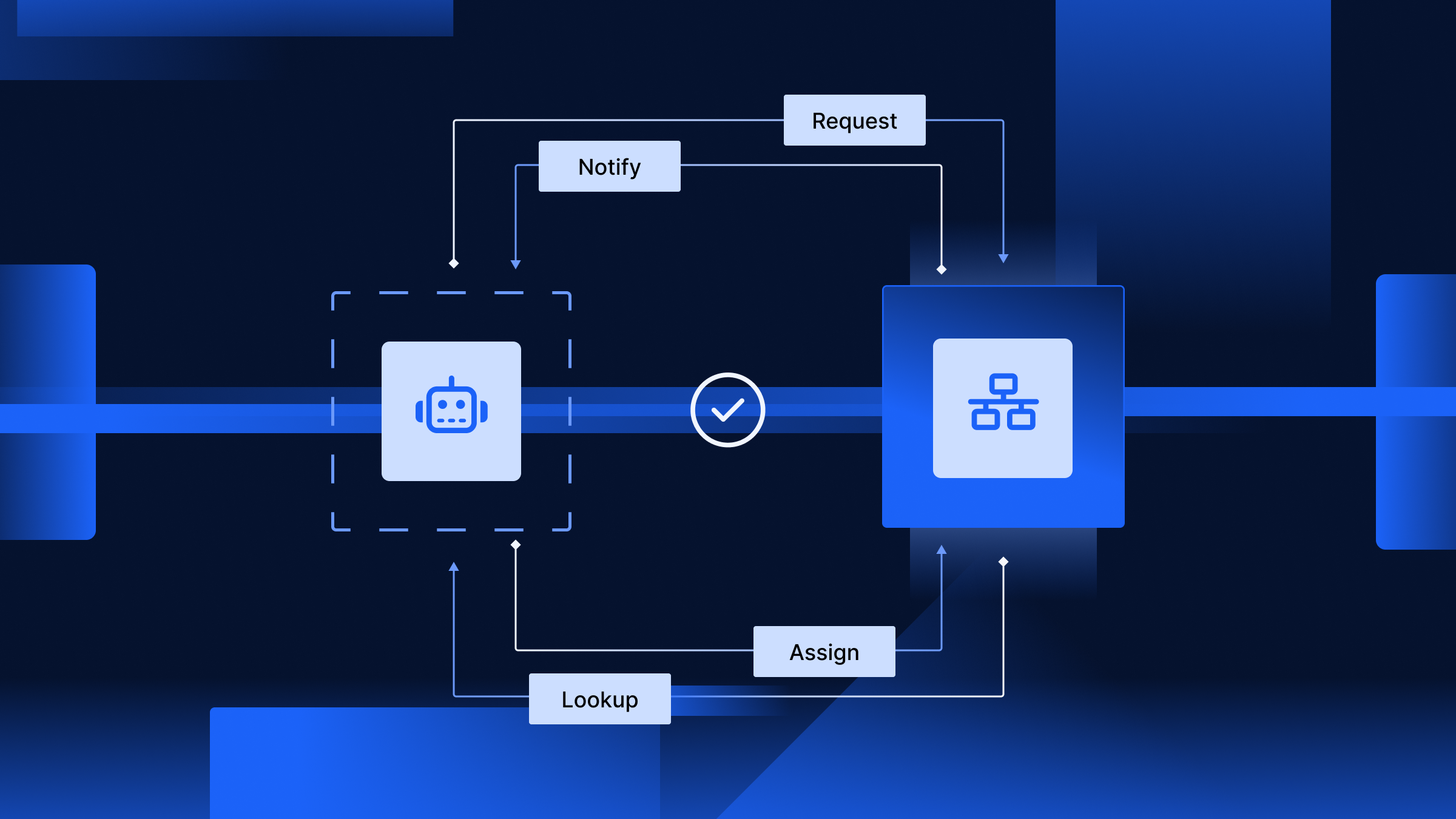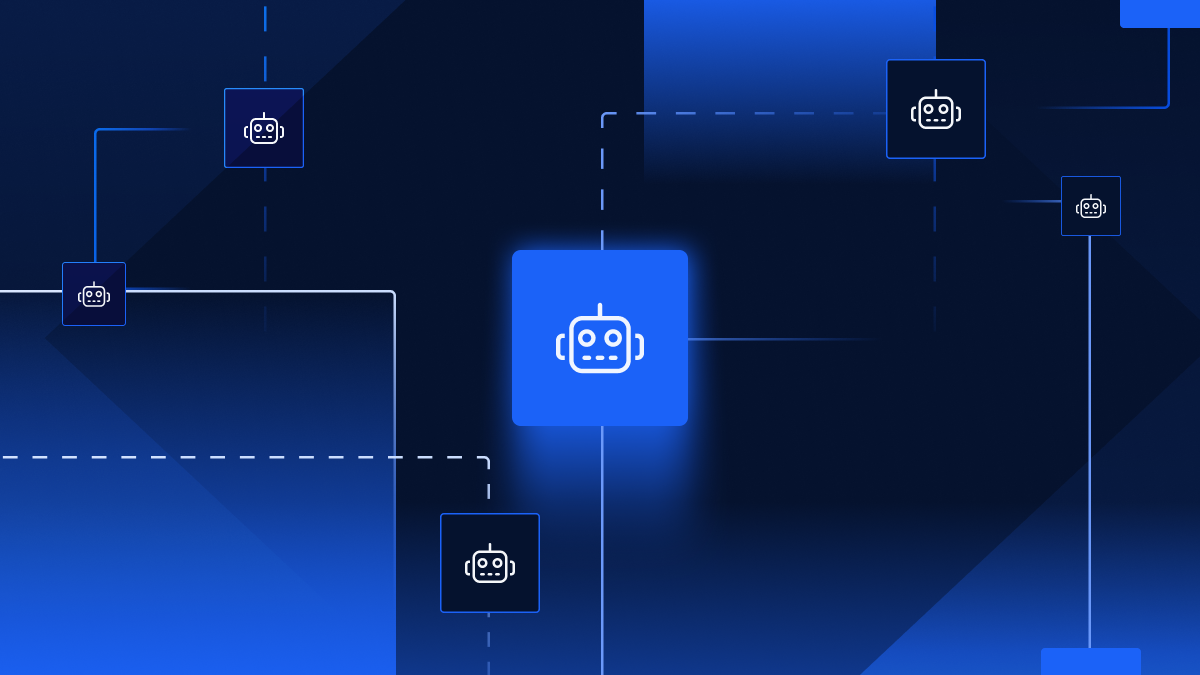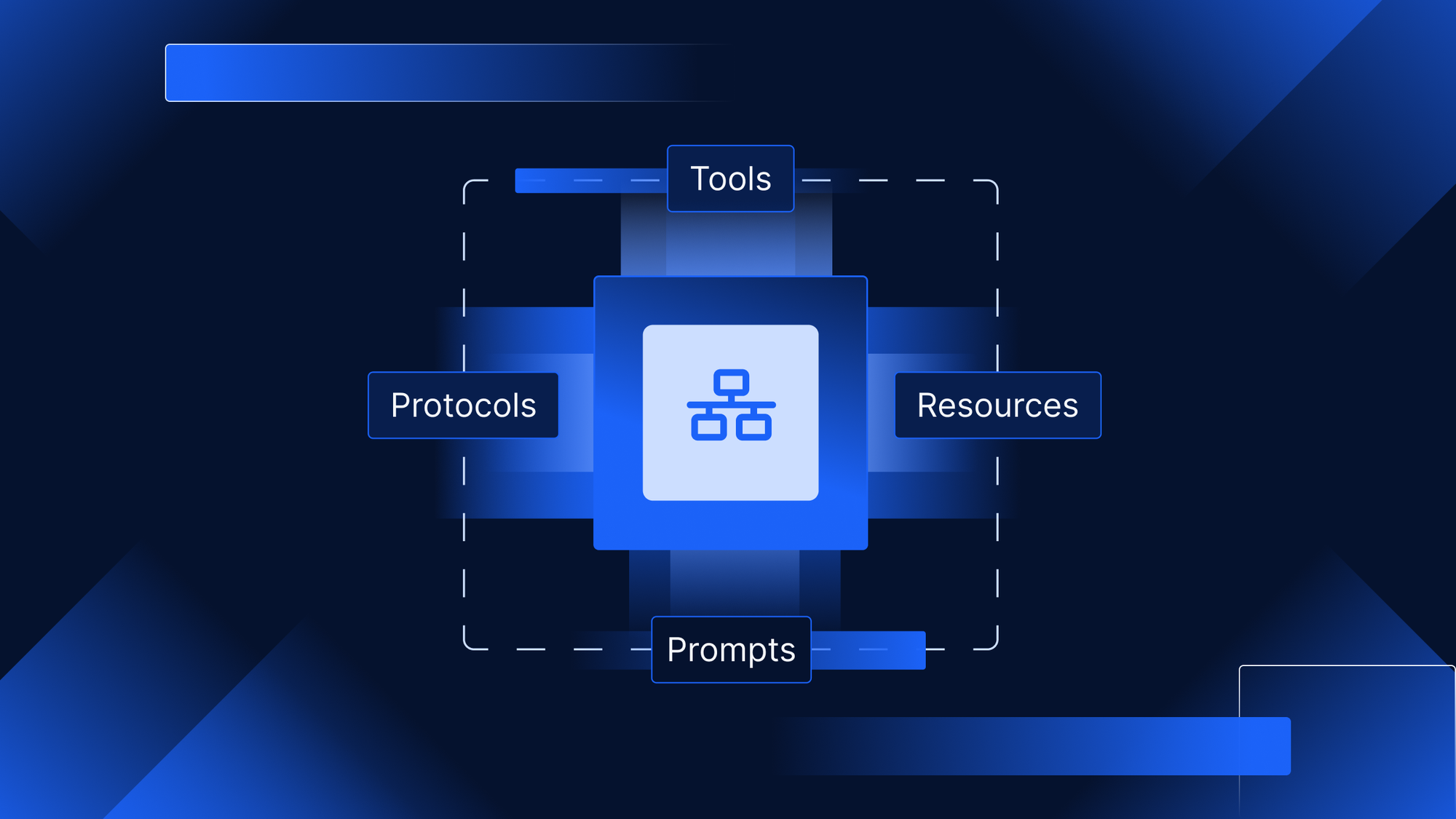This is part 3 of our three-part series on building agent-ready backends.
In part 1, Why REST APIs Aren’t Built for Agentic Workflows: Introducing the Model Context Protocol (MCP), we introduced the shift from REST to MCP and explained why AI agents require a new kind of backend. In part 2, Unlocking Machine-to-Machine Intelligence: How MCP Shapes Agentic Workflows, we explored the MCP architecture, including its core components and protocols for enabling agent-to-agent orchestration.
Now, we’ll take a practical turn. In this post, you’ll learn how to use visual development in Xano to define tools, serve resources, integrate LLMs, and host your own MCP-compliant backend - all without writing traditional code.
If you’re building for agentic systems, this is where it all comes together.
How to Use Xano for MCP-Compliant Backend Development
The Model Context Protocol (MCP) defines the structure - but implementing a remote-hosted MCP solution requires more than just tool definitions.
A fully functional MCP Server must be capable of:
- Hosting tools that agents can discover and invoke
- Executing logic and workflows on demand
- Handling authentication, authorization, and secure access
- Providing machine-readable documentation to support tool interoperability
Xano delivers this through a cloud-hosted environment paired with a powerful visual development platform, making it easy to build, manage, and scale your MCP Servers, Clients, and workflows - without writing code.
Here’s how Xano enables visual development for every part of the MCP architecture:
Reuse Your Existing Logic and APIs as MCP Tools
If you've already built workflows, API endpoints, or business logic in Xano, you don’t need to start from scratch. With Xano's MCP Builder, you can:
- Expose existing API Endpoints as MCP-compatible Tools
- Wrap existing Functions and Database operations behind new Tools
- Extend your current backend into a fully agent-compatible backend system - without rewriting logic
This allows you to layer agentic access over your backend incrementally and pragmatically.
Visually Build and Manage MCP Server Workflows
With Xano’s Function Stack, you can design the behavior of each MCP Tool through a step-by-step visual logic editor - no code required. Tools can range from simple data lookups to complex workflows that connect with external services.
Each Tool’s execution logic can include:
- Built-in functions for data transformation, formatting, or control flow
- Conditional logic to branch workflows based on input or system state
- Database queries to read from or write to your Xano-hosted or connected databases
- External API requests to call third-party services and integrate remote systems
For example, you can use Xano to wrap an existing third-party API - such as a CRM or shipping service - into a custom MCP Tool. The Function Stack allows you to call the remote API, process the response, and return structured output through your hosted MCP Server, all while following the MCP spec.
Each MCP Tool you define in Xano is fully hosted with:
- Scalable cloud infrastructure
- Secure, standards-compliant endpoints
- Version control for managing logic over time
This gives you full control and visibility into how each tool works, while eliminating the need for manual deployment or server maintenance.
Serve Files and Resources to Agents
Agents often require access to structured data or downloadable files as part of their task logic. Xano allows you to:
- Serve static or dynamic files from your database or external sources
- Expose resources via custom endpoints formatted to the MCP spec
- Dynamically generate data payloads or context-aware metadata for agent consumption
This allows your backend to become an intelligent content source - not just a logic engine.
Integrate LLM Agents into Your Workflows
For example you can build a conversational AI assistant embedded in your app that can reason using external tools while seamlessly interacting with your own app’s logic and data - all orchestrated through Xano as both MCP Client and Server.
Xano supports LLM integration in workflows - enabling agents to reason, generate content, or make decisions mid-execution:
- Use the API Request function (with API Request Assistant) to call LLMs like OpenAI or Claude
- Craft dynamic prompts using the Text Template Engine - pulling in user data, context, or external results
- Chain together logic, prompts, and tool calls to drive intelligent backend workflows with the Xano Function Stack
This allows you to build agent-powered automations that mix internal logic, external MCP tools, and generative AI.
Call External MCP Tools from Inside Xano
Acting as an MCP Client, Xano lets you integrate with other MCP Servers directly from your Function Stack using two purpose-built functions:
*List Tools**: Discover tools exposed by remote MCP Servers*Call Tool**: Execute tools remotely with structured input and capture the result
This enables cross-server orchestration, giving your workflows the ability to reach out, invoke tools, and process results across your entire MCP implementation - all within your visual development environment.

Example: Powering an AI Chatbot with MCP Integration
Imagine you're embedding an AI chatbot in your frontend application, served through your Xano-hosted API. The chatbot uses a streaming connection (e.g., via SSE or WebSocket) to provide a responsive, conversational experience to your users.
From within your Xano Function Stack, you can:
- Use the
Call Toolfunction to invoke external tools (e.g., LLM-based reasoning services or third-party agents). - Pass user context or query data from your frontend to the external tool in real time.
- Stream results back to your frontend via Xano's API infrastructure for a smooth user experience.
- Leverage your own MCP Server Tools - built and hosted in Xano - to provide application-specific actions (e.g., "Check order status", "Suggest plan upgrade", "Update user preferences").

















